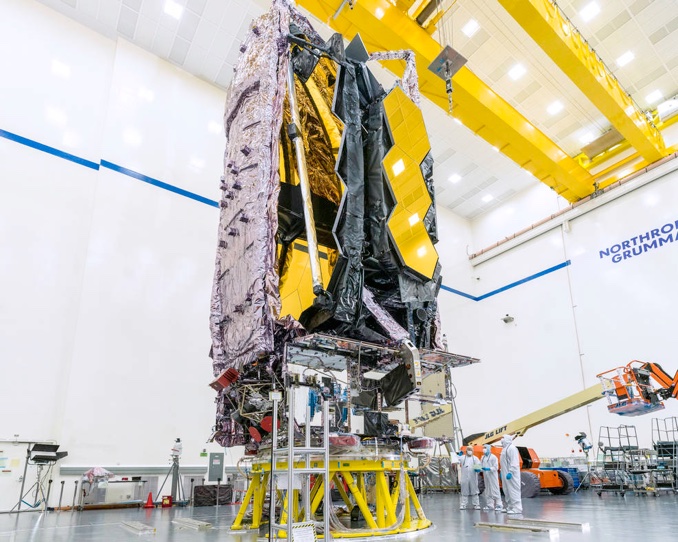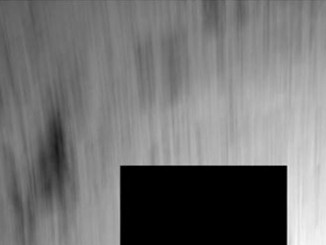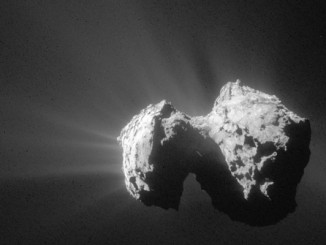
NASA and prime contractor Northrop Grumman have completed final tests of the $9.7 billion James Webb Space Telescope and are beginning work to ready the observatory for shipment from California through the Panama Canal to the European Space Agency’s launch site in French Guiana.
Launch atop an Ariane 5 rocket remains officially targeted for the end of October, but the telescope is not expected to take off until a month or more after another Ariane 5 takes off earlier that month and engineers verify modifications to the booster’s protective payload fairing.
In any case, the telescope “has reached a major turning point on its path toward launch with the completion of final observatory integration and testing,” Gregory L. Robinson, Webb’s program director at NASA Headquarters in Washington, said in a statement.
“We have a tremendously dedicated workforce who brought us to the finish line, and we are very excited to see that Webb is ready for launch and will soon be on that science journey,” he added.
While engineers in California work to prepare the costly observatory for its voyage to French Guiana, teams at NASA’s Space Telescope Science Institute in Baltimore, Maryland, are double-checking the complex communications network the James Webb will use once in orbit and carrying out launch-day rehearsals to make sure flight controllers are ready for the real thing.
Once off the ground, the space telescope will head for an orbital parking place a million miles from Earth. Flight controllers will need a month to fully deploy JWST’s five-layer huge sunshade, mirror segments and other critical systems before commissioning operations can begin. Astronomical observations are expected to begin about six months after launch.
“Flagship missions like Webb are generational projects,” said NASA project manager Bill Ochs. “Webb was built on both the legacy and the lessons of missions before it, such as the Hubble and Spitzer space telescopes, and it will in turn provide the foundation upon which future large astronomical space observatories may one day be developed.”



